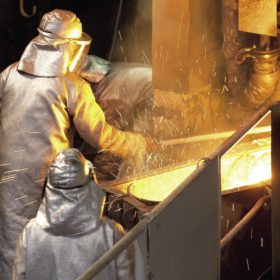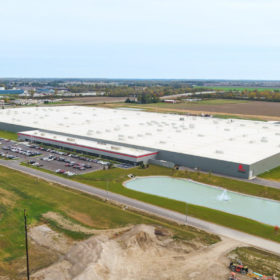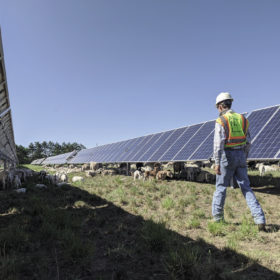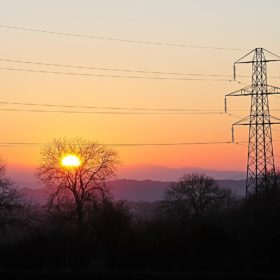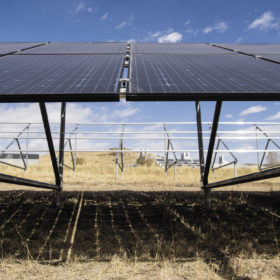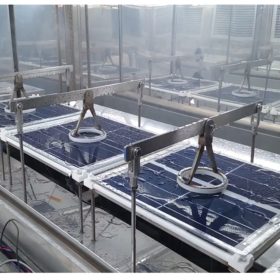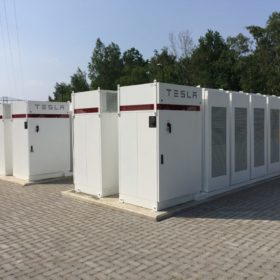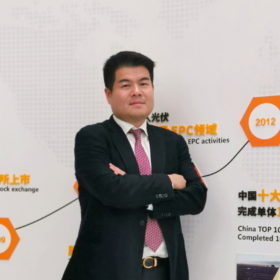The issues with lithium-ion battery recycling – and how to fix them
Design-for-recycling is not perceived to be high up the list of priorities for battery manufacturers but solutions do exist. Lithium-ion device recycling is technically feasible but requires an improvement in its business case to take off.
First Solar posts strong Q4 results, announces 445 W module
Strong net sales, 1.6 GW of bookings, plans for a 445 W panel, and environmental recognition for the Series 6 line point to another successful quarter.
Can CIGS thin-film PV manufacturing return in the US?
A scientist familiar with First Solar’s earlier efforts in CIGS makes the case for the CdTe pioneer to return to the technology.
The weekend read: The ground beneath
A number of drivers are highlighting the importance of vegetation management in utility-scale solar projects, from coupling with agriculture to the significance of pollinators, as well as the related permitting and O&M benefits. Tom Karas of Minnesota Native Landscapes sets out why awareness of comprehensive vegetation management is of growing importance in the solar sector.
It’s cheaper to build new solar than it is to operate coal plants
New analysis released by Lazard compares the levelized cost of energy for various generation technologies on a $/MWh basis and shows that renewables, specifically utility-scale solar and wind, are the economic frontrunners.
A chemical tune up for better perovskites
Scientists in the United States took a closer look at the way charges move through a perovskite material, and found that replacing hydrogen in the material with a heavier isotope can both reduce thermal conductivity and increase carrier lifetime, potentially leading to more efficient solar cells. And the group expects continuing study of charge states and molecule dynamics to yield further important discoveries.
Satellite data guides module technology choice for different climates and regions
A team of researchers analyzed irradiance spectra using satellite data. The research aimed at determining how different module technologies like silicon, hetero-junction, perovskite and CdTe cope in different geographies and weather conditions.
A stress test for all seasons
Scientists led by the U.S. National Renewable Energy Laboratory (NREL) have developed a new stress testing protocol for PV modules, one designed to simultaneously expose modules to multiple stresses, as they likely would be in the field. Putting modules through this test, the researchers have already been able to reveal new information regarding backsheet degradation, and they promise new insights into other degradation mechanisms both known and unknown as well.
Tesla’s Musk: ‘Energy business will ultimately be as large as our vehicle business’
Tesla’s solar and battery businesses show signs of life in another profitable quarter for the EV manufacturer.
CEO Interview – SPI 2020, USA. Interview with William Sheng, President of Talesun Solar
As one of the world’s top ten PV module manufacturers and an experienced EPC supplier of solar PV power stations, Talesun Solar expanded its business globally based on steady capacity growth and targeted marketing actions. Before the largest solar PV exhibition and conference of the North America, the Solar Power & Energy Storage International (SPI) 2020, PV Magazine has the opportunity to interview with Mr. William Sheng, the president of Talesun Solar, and listen to his view of the PV market, module products with different techniques, and other hot topics.
